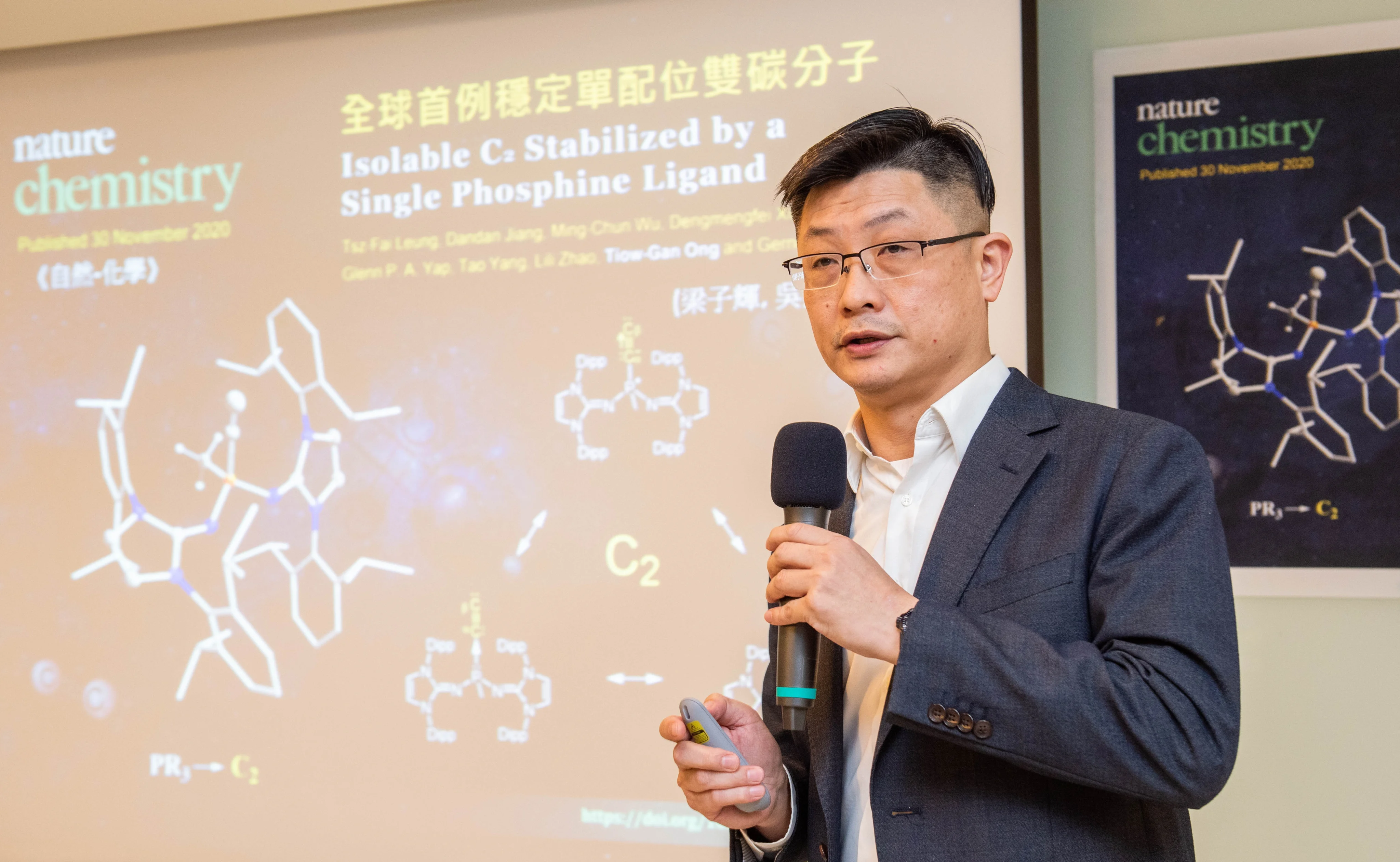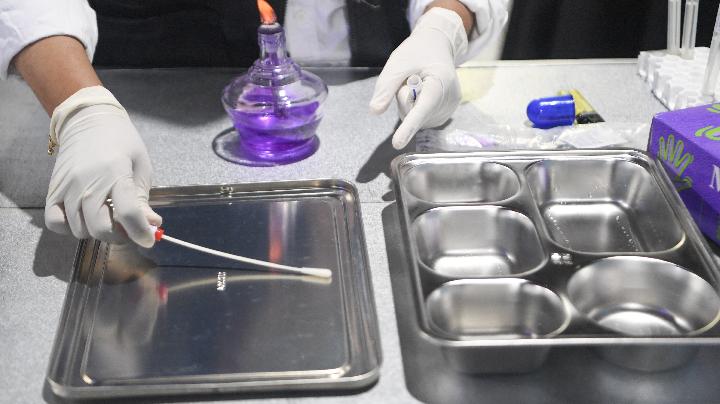By Shi Huang
Copyright scmp

Malaysian-born scientist Tiow-Gan Ong, known for his pioneering work on carbon molecules and a long-time advocate of Taiwan’s open academic environment and talent retention, is embarking on a new chapter in Shenzhen.
After nearly two decades of groundbreaking research and teaching in Taiwan, Ong this month joined the Chinese University of Hong Kong, Shenzhen. He was previously a researcher at the Institute of Chemistry, Academia Sinica in Taiwan.
Ong also held joint appointments as a professor at National Taiwan University, the University of Malaya in Malaysia and the University of Central Florida in the US.
In an interview with Taiwanese media six years ago, he described the island’s academic environment as “very free … but I have noticed that there is a phenomenon of talent outflow in Taiwan, and I hope that talent will stay in Taiwan”.
Ong could not immediately be reached for comment.
According to an official announcement from CUHK, he was to join the school of science and engineering in Shenzhen this month.
Ong would lead a new laboratory and conduct systematic research with his team on the scientific issue of “carbon ligand design and chemical bond regulation”, it added.
As early as two months ago, the laboratory posted information online regarding the recruitment of a postdoctoral researcher.
Born and raised in Malaysia, Ong earned his undergraduate degree from Winona State University in Minnesota in 1994 and his PhD from the University of Kentucky in 2000. He subsequently conducted postdoctoral research at the University of Ottawa in Canada.
In 2006, he returned to Asia and established his independent research career at the Institute of Chemistry, Academia Sinica. Later, he served as the institute’s academic deputy director.
Ong’s most famous academic achievement is the successful separation of C2, an unstable diatomic carbon. His breakthrough was published in the journal Nature Chemistry and hailed as significantly deepening scientific understanding of carbon chemistry.
C2 is the smallest diatomic molecule with a carbon-carbon bond. Unlike naturally occurring diatomic species such as F2, O2 and N2, C2 is highly reactive and difficult to study in its condensed phase.
It has been detected primarily in the blue flame of a candle and the interstellar atmosphere. Before Ong’s feat, scientists were unable to comprehend C2’s chemical and physical properties.
Using specialised chemical techniques, Ong’s research team managed to synthesise a new molecule that was stable at room temperature. By doing so, the team was able to shed light on the relationship between chemical structure and electronic configuration.
The achievement also resolved long-standing differences in the scientific community’s understanding of diatomic carbon compounds and their properties.
Ong has won several accolades in his career, including an outstanding research award from Taiwan’s science and technology ministry in 2019 as well as the Academia Sinica’s scholar programme award in 2021 and 2024.
After receiving his award in 2019, Ong in an interview with The Liberty Times, a Taiwan-based newspaper, called talent “the most important aspect of conducting research”.
“I hope that talent in Taiwan will not flow out,” he said. “It is not only [mainland] China that is competing for talent. Singapore and the United States also highly value Taiwanese research talent.”
“I hope that Taiwanese talent will stay, and I also hope that talent from other countries will flow in, as research can only be conducted with talent.”
In recent years, a number of scholars from top research institutions in Taiwan have chosen to leave the island and join universities in mainland China. Their ranks include top Malaysian chemists as well as Chinese scholars with international experience.
In August, Yang Yi, a mainland-born scholar who worked at National Yang Ming Chiao Tung University in Taiwan for more than 22 years, joined Shanghai Tech University as a tenured full professor and doctoral adviser, according to the Shanghai school’s website.



